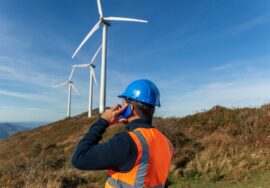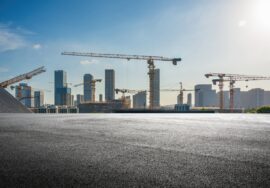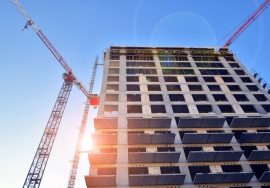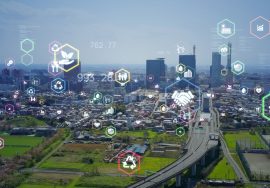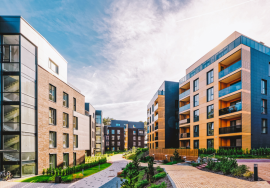Sustainable Building Technologies: Greening the Future
Sustainable Building Technologies: Greening the Future
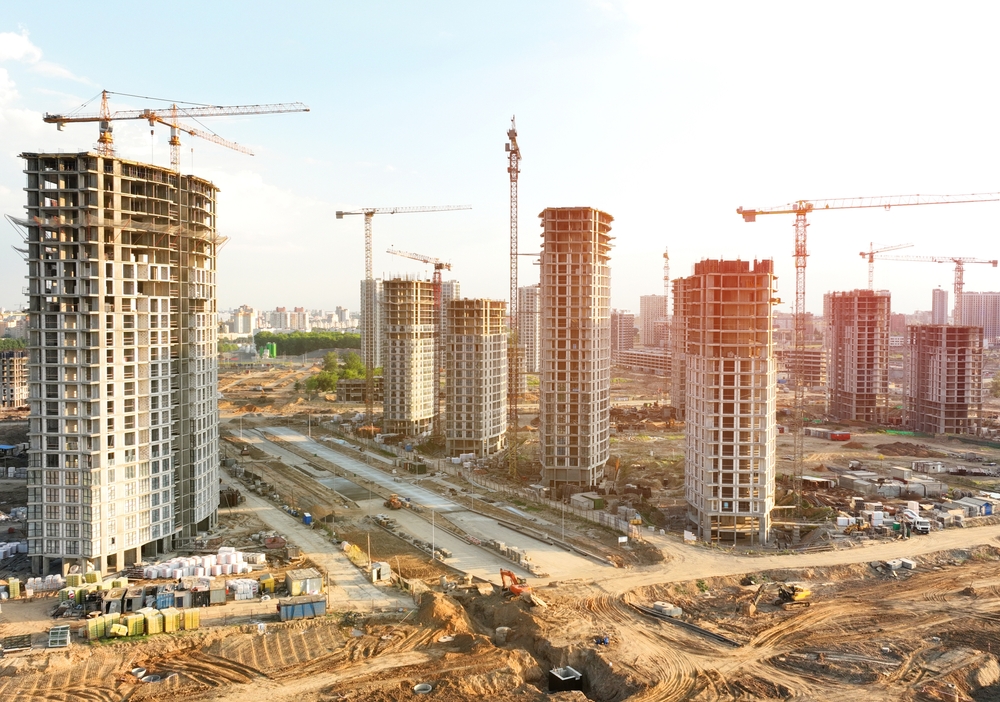
Introduction
Sustainable building technologies are at the forefront of transforming the construction industry and real estate development. As concerns about environmental impact and climate change grow, the need for greener, more energy-efficient, and sustainable building solutions becomes more critical. These technologies aim to reduce the carbon footprint of construction, minimize resource consumption, and create healthier, more resilient structures.
What Are Sustainable Building Technologies?
Sustainable building technologies refer to innovations in materials, design, and systems that promote environmental responsibility and energy efficiency. These technologies play a pivotal role in making buildings more eco-friendly and less reliant on non-renewable resources.
- Green Building Materials: The use of sustainable, low-impact materials such as recycled steel, bamboo, or low-carbon concrete is gaining traction. These materials reduce the overall environmental impact of construction and promote resource efficiency.
- Energy-Efficient Systems: Advanced HVAC (heating, ventilation, and air conditioning) and lighting systems, equipped with sensors and smart controls, significantly reduce energy consumption. These systems adjust automatically to changing conditions, optimizing energy use while maintaining comfort for occupants.
- Renewable Energy Integration: Solar panels, wind turbines, and geothermal energy systems are commonly integrated into buildings to generate clean, renewable power. These systems lower dependence on fossil fuels and help buildings achieve net-zero energy status.
For more information on sustainable building materials, visit Green Building Solutions.
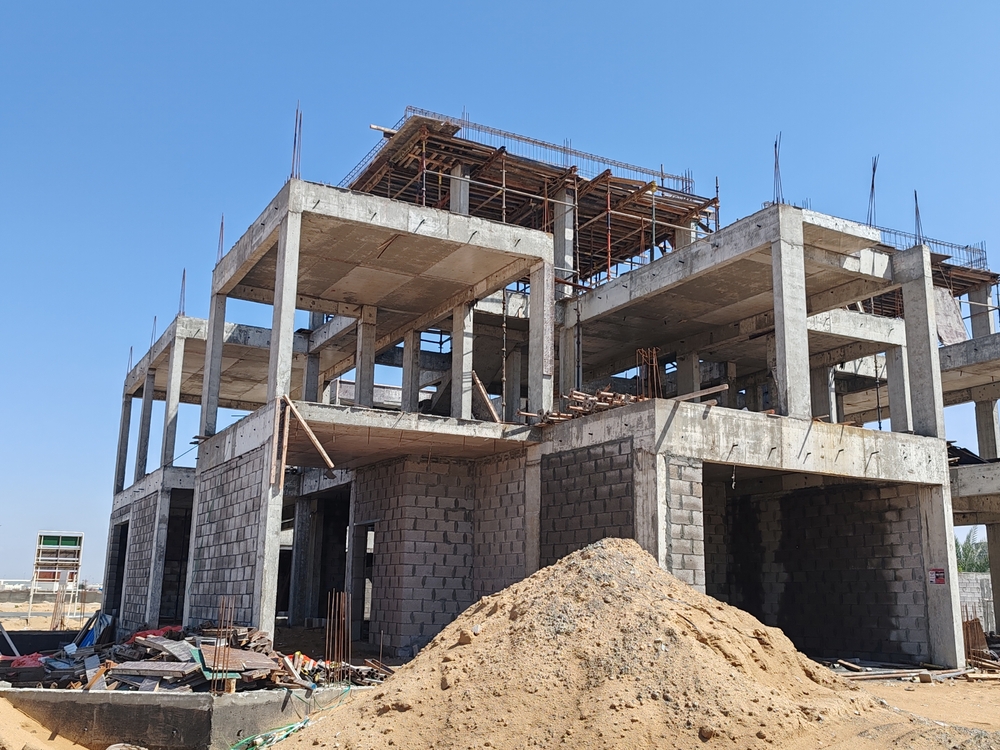
Key Technologies Driving Sustainability in Construction
The adoption of specific sustainable building technologies has transformed how buildings are designed and constructed, offering both environmental and economic benefits.
- Solar Energy Systems: Solar panels and photovoltaic cells are widely used in sustainable buildings to harness the sun’s energy. They can be installed on rooftops or integrated into building facades, generating clean energy and reducing electricity costs.
- Rainwater Harvesting Systems: Buildings can collect and store rainwater for various purposes, such as irrigation, plumbing, and cooling. These systems not only reduce the demand for municipal water supplies but also promote water conservation.
- Green Roofs and Walls: Vegetated roofs and walls provide natural insulation, reduce the heat island effect in urban areas, and improve air quality. They also create habitats for wildlife and add aesthetic value to the building.
- Smart Building Technologies: Automation systems powered by artificial intelligence (AI) and the Internet of Things (IoT) help monitor and control energy usage, water consumption, and indoor air quality. These technologies optimize the building’s performance and reduce its environmental impact.
For more about the benefits of solar energy in building design, check out Solar Power World.
The Environmental Impact of Sustainable Buildings
Sustainable building technologies offer several environmental benefits, including:
- Lower Carbon Emissions: By integrating energy-efficient systems and renewable energy sources, sustainable buildings produce significantly fewer greenhouse gases compared to traditional buildings. This helps combat climate change and reduces a building’s carbon footprint.
- Resource Conservation: Technologies like rainwater harvesting, smart irrigation systems, and efficient insulation help minimize resource consumption. Sustainable buildings use fewer raw materials, reduce waste, and promote recycling, which conserves natural resources.
- Healthier Indoor Environments: Sustainable buildings are designed to improve indoor air quality by using non-toxic materials and efficient ventilation systems. This reduces pollutants and allergens, promoting healthier living and working spaces for occupants.
Sustainable Building Technologies and Cost Savings
Beyond environmental benefits, sustainable building technologies also offer substantial economic advantages. These technologies reduce long-term operational costs by lowering energy consumption, water usage, and maintenance needs.
- Energy Efficiency Equals Savings: Buildings equipped with smart energy management systems and renewable energy sources see a drastic reduction in electricity and heating costs. Over time, the savings generated can offset the initial investment in these technologies.
- Increased Property Value: Sustainable buildings are highly sought after in the real estate market. They tend to have higher property values and attract environmentally conscious buyers and tenants, offering a competitive edge.
For more insights into cost-saving strategies with sustainable building technologies, visit Energy.gov.
The Future of Sustainable Building Technologies
As global awareness of climate change and sustainability grows, the development and adoption of sustainable building technologies will continue to accelerate. Innovations in materials science, energy systems, and smart technologies are expected to drive the future of sustainable construction.
- Net-Zero Energy Buildings: The future of sustainable architecture lies in net-zero energy buildings, which produce as much energy as they consume. These buildings will rely on renewable energy, energy-efficient designs, and cutting-edge technology to eliminate their carbon footprint.
- Circular Construction Practices: Circular economy principles will become increasingly important, focusing on reducing waste by reusing and recycling materials during construction. This will encourage more sustainable material sourcing and construction processes.
- AI and Big Data for Efficiency: As AI and big data analytics continue to evolve, they will play a key role in optimizing energy consumption, resource management, and building maintenance. Predictive analytics can further enhance the efficiency and sustainability of building operations.
Conclusion
Sustainable building technologies are revolutionizing the construction and real estate industries by promoting environmental responsibility, energy efficiency, and long-term cost savings. As we move toward a greener future, the adoption of these technologies will be essential in reducing the carbon footprint of buildings and ensuring a sustainable urban environment.
To explore more about implementing sustainable technologies in your next project, contact AMS India.
Read more related articles to enhance your knowledge and make informed decisions
10 Essential Steps in the Building Construction Process
How to Choose the Right Materials for Your Construction Project

